PredatorBadlands

Introducing the Movie Predator: A Sci-Fi Action Classic
Released in 1987, Predator is a landmark science fiction action film that has left an indelible mark on popular culture. Directed by John McTiernan and starring Arnold Schwarzenegger at the height of his action-hero career, the movie blends intense military action, horror, and science fiction to create a gripping narrative about survival against an extraterrestrial hunter. With its iconic creature design, memorable one-liners, and relentless pacing, Predator remains a beloved classic that has spawned sequels, crossovers, and a lasting legacy. This article provides a comprehensive introduction to the film, covering its plot, production, themes, impact, and enduring appeal.

Plot Summary
Predator follows an elite team of commandos led by Major Alan “Dutch” Schaefer (Arnold Schwarzenegger) on a mission in a Central American jungle. Initially tasked with rescuing hostages from a guerrilla group, the team soon discovers they are being hunted by a technologically advanced alien creature, later known as the Predator. This extraterrestrial being is a skilled hunter, equipped with advanced weaponry, cloaking technology, and a penchant for collecting human skulls as trophies.
As the team is picked off one by one, Dutch realizes they are facing no ordinary enemy. The Predator, portrayed through a combination of practical effects and the physical performance of actor Kevin Peter Hall, uses its superior strength, agility, and arsenal to outmatch the heavily armed soldiers. The film builds to a tense showdown between Dutch and the Predator, where human ingenuity and resilience are pitted against alien prowess. The narrative is a thrilling blend of survival horror and action, with the jungle setting amplifying the sense of isolation and danger.
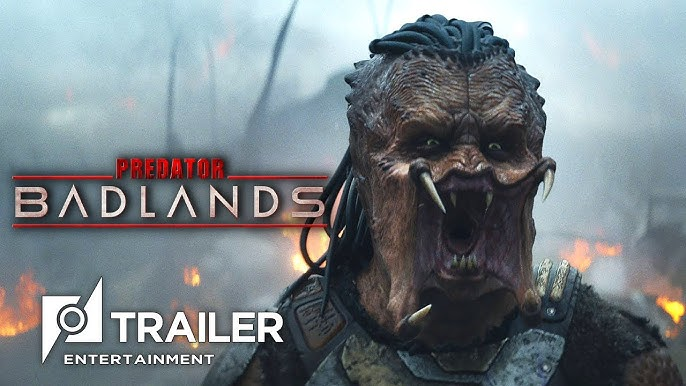
Production and Development
The concept for Predator originated from a Hollywood joke about Rocky Balboa, the fictional boxer, having run out of earthly opponents and needing to fight an alien. Screenwriters Jim and John Thomas took this idea and crafted a script titled Hunter, which was later renamed Predator. The script caught the attention of 20th Century Fox, and John McTiernan, fresh off directing Nomads, was brought on board to helm the project.
Filming took place in the jungles of Mexico, which presented significant challenges for the cast and crew. The dense, humid environment, coupled with the physical demands of the action sequences, tested the endurance of everyone involved. Arnold Schwarzenegger, already a major star from films like The Terminator and Commando, led a cast that included Carl Weathers, Jesse Ventura, and Bill Duke, all of whom brought a larger-than-life presence to their roles as hardened mercenaries.
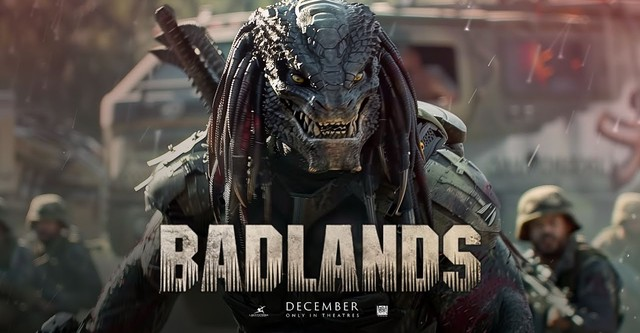
The Predator itself was a marvel of practical effects, designed by legendary special effects artist Stan Winston. The creature’s iconic look—featuring mandibles, dreadlock-like appendages, and a menacing helmet—was a collaborative effort between Winston and director James Cameron, who suggested the mandibles during a flight. Kevin Peter Hall, standing over seven feet tall, wore the heavy Predator suit, enduring grueling conditions to bring the creature to life. The film’s visual effects, including the Predator’s cloaking device and thermal vision, were groundbreaking for the time and added to the film’s immersive quality.
The score, composed by Alan Silvestri, is another standout element. Its pulsating rhythms and ominous tones perfectly complement the film’s escalating tension, with the main theme becoming instantly recognizable to fans.
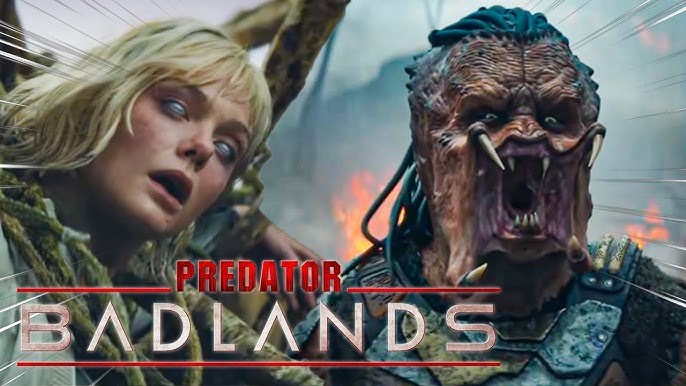
Themes and Symbolism
At its core, Predator is a story about survival and the clash between human and alien cultures. The film explores themes of masculinity, teamwork, and the limits of human strength. The commandos, each embodying a hyper-masculine archetype, are initially portrayed as invincible, but their vulnerability becomes apparent as they face an opponent that outclasses them in every way. This dynamic forces Dutch to rely on strategy and adaptability rather than brute force, highlighting the value of intellect over physical power.
The Predator itself can be seen as a symbol of the ultimate predator, a being that hunts for sport rather than necessity. Its code of honor, revealed through its actions (such as sparing unarmed opponents), adds depth to the character and raises questions about the nature of hunting and warfare. The film also touches on themes of colonialism and exploitation, as the American soldiers’ presence in the jungle parallels the Predator’s invasion of Earth, both exploiting foreign territories for their own purposes.
The jungle setting serves as more than a backdrop; it’s a character in its own right. Its oppressive, unpredictable nature mirrors the Predator’s relentless pursuit, creating a sense of claustrophobia and inevitability. This environment strips away the soldiers’ technological advantages, leveling the playing field and forcing them to confront their mortality.

Cast and Characters
The ensemble cast of Predator is one of its strengths, with each actor bringing a distinct personality to their role:
- Arnold Schwarzenegger as Dutch: The stoic, resourceful leader whose physical prowess and quick thinking make him the Predator’s ultimate challenge.
- Carl Weathers as Dillon: A CIA operative with a complicated history with Dutch, whose motives add intrigue to the mission.
- Jesse Ventura as Blain: A larger-than-life soldier whose bravado and iconic minigun make him a fan favorite.
- Bill Duke as Mac: A loyal and intense commando whose grief over a fallen comrade drives some of the film’s most emotional moments.
- Kevin Peter Hall as the Predator: Though hidden behind a suit, Hall’s physical performance gives the creature a menacing yet charismatic presence.
Supporting roles, including Shane Black as Hawkins and Sonny Landham as Billy, add humor and depth to the team dynamic. The camaraderie among the soldiers, punctuated by quotable lines like “I ain’t got time to bleed,” grounds the film in a sense of brotherhood, making their losses all the more impactful.

Cultural Impact and Legacy
Upon its release, Predator was a commercial success, grossing over $98 million worldwide against a $15 million budget. While initial critical reception was mixed, with some dismissing it as a derivative action flick, the film has since been reevaluated as a genre classic. Its blend of action, horror, and science fiction paved the way for similar films, and its creature design set a new standard for cinematic aliens.
The Predator became a pop culture icon, spawning a franchise that includes sequels (Predator 2, Predators, The Predator, Prey), crossovers (Alien vs. Predator), comics, novels, and video games. The character’s instantly recognizable silhouette and unique weaponry, such as the wrist blades and shoulder cannon, have been referenced and parodied countless times.
The film’s influence extends to its dialogue, with lines like “Get to the choppa!” becoming part of the action movie lexicon. Its depiction of a small group facing overwhelming odds has inspired countless imitators, and its practical effects remain a benchmark for creature design.
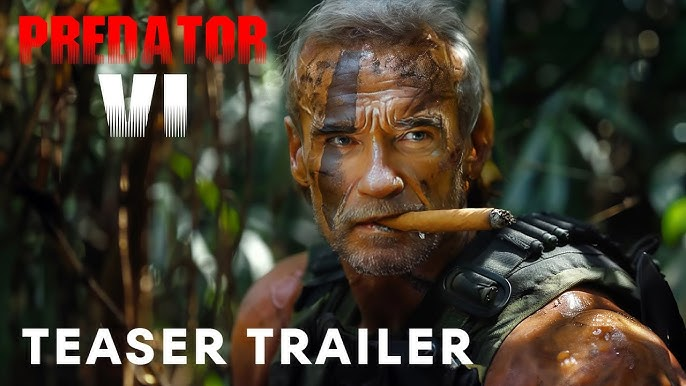
Critical Analysis
Predator excels as a genre film because it knows exactly what it wants to be: a lean, mean thrill ride. McTiernan’s direction keeps the pacing tight, balancing explosive action with moments of suspense. The decision to reveal the Predator gradually, using point-of-view shots and glimpses of its cloaking device, builds anticipation and makes its full reveal all the more satisfying.
The film’s simplicity is its strength. Rather than overcomplicating the narrative with excessive lore, it focuses on the primal conflict between hunter and hunted. This universal premise, combined with strong performances and technical excellence, ensures its timeless appeal.
However, Predator is not without flaws. Some critics have noted its reliance on action movie clichés and the thin characterization of some supporting roles. The film’s portrayal of Central American guerrillas can also feel dated and stereotypical by modern standards. Nonetheless, these issues do little to detract from its overall impact.

Why Predator Endures
Nearly four decades after its release, Predator remains a touchstone of sci-fi action cinema. Its appeal lies in its ability to deliver visceral thrills while offering just enough depth to reward repeat viewings. The Predator itself is a villain for the ages, simultaneously terrifying and fascinating, while Dutch’s journey from confident leader to desperate survivor resonates with audiences.
The film’s practical effects, commitment to its premise, and quotable dialogue ensure it holds up remarkably well. For new viewers, it offers a glimpse into the 1980s action movie zeitgeist, while longtime fans continue to find joy in its craftsmanship and nostalgia.
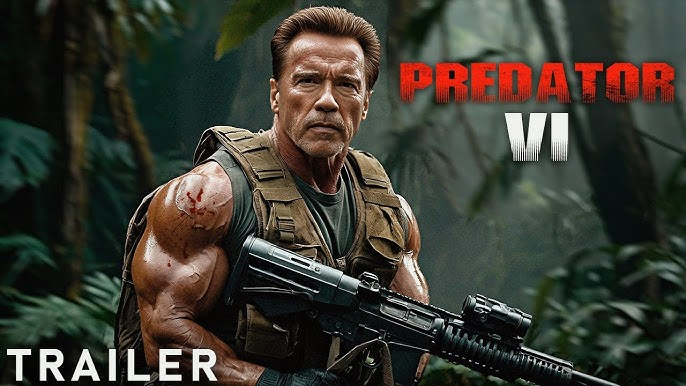
Conclusion
Predator is more than just an action movie; it’s a testament to the power of genre filmmaking done right. With its unforgettable creature, gripping story, and stellar cast, it has earned its place as a cultural phenomenon. Whether you’re a fan of science fiction, action, or horror, Predator offers something for everyone—a heart-pounding battle for survival that continues to captivate audiences. As Dutch might say, it’s a film that “makes it” every time.